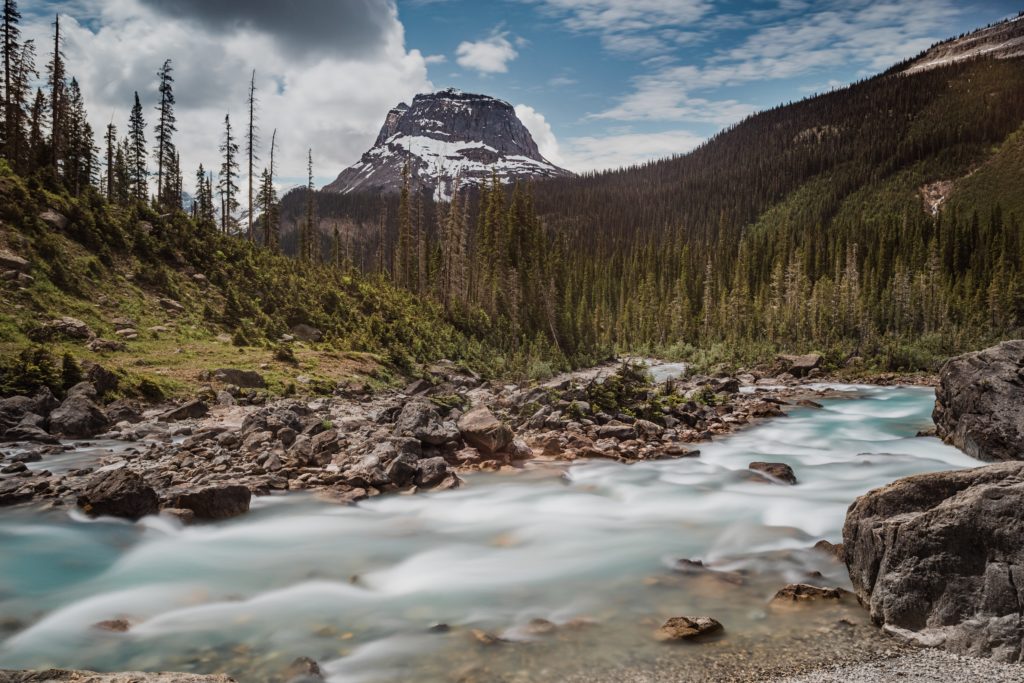Capturing moments is what cameras do, but lenses make those moments shine by adding depth and detail to your photos. Whether you’re just starting out or already a pro, understanding camera lenses is crucial for getting the most out of your photography. Let’s explore different types of lenses, what they’re good for, and how they can take your photography to the next level.
Table of Contents
What is Focal Length?
How Do I Know if the Lens Fits My Camera?
Prime VS Zoom Lenses
Wide-Angle Lenses
Standard Lenses
Telephoto Lenses
Macro Lenses
Conclusion
What is Focal Length?
Focal length, measured in millimeters (MM), isn’t about the size of the lens but the distance light travels from the lens to the sensor to create a sharp image on your camera. The focal length is different for every Camera Lenses. As the distance between the lens and sensors gets larger, the field of view gets smaller and compresses the distance between subjects. Short focal lengths, like in wide-angle lenses (around 24-35mm), capture big scenes, while longer focal lengths, found in telephoto lenses (around 70-200mm), zoom in on distant subjects. Knowing the focal length helps you envision and capture your scene effectively.
How Do I Know if the Lens Fits My Camera?
Before deciding between all the different Camera Lenses, ensure it’s compatible with your camera. Different cameras have specific mounts, so check your camera’s brand and model. This ensures a smooth fit between your lens and camera, avoiding compatibility issues. Learn about your camera’s lens mount type from the user manual or specifications, typically found in the 18-55mm range for kit lenses.
Prime VS Zoom Lenses
Deciding between prime and zoom lenses is essential. Prime lenses have fixed focal lengths, like 50mm, offering great image quality and wider apertures. Zoom lenses, with variable focal lengths (e.g., 18-55mm), provide flexibility for different shots. However Zoom lenses will not allow you to have as wide an aperture as you change the focal length. Your choice depends on your style and preferences, impacting how flexible and sharp your photos will be.
Wide-Angle Lenses

Wide-angle lenses, with short focal lengths (around 10-24mm), are perfect for capturing broad scenes. Great for landscapes and architecture, they create visually striking images with depth. The versatility of wide-angle lenses makes them popular among photographers who want to showcase the vastness of their surroundings.
Standard Lenses
Standard lenses, similar to the human eye’s perspective, are versatile and well-balanced. They typically have a focal length around 50mm. Ideal for various genres, including portraits and street photography, these lenses empower you to capture everyday moments with clarity and precision. If you happen to have a zoom lens with the capability to go from 24MM to 75MM then you can simply move the focal point to 50MM and have the same effect as a stand alone 50MM. However the difference between a stand alone lens and an adjustable lens is the aperture. You will not be able to have as wide of an aperture with an adjustable lens.
Telephoto Lenses
When you need to zoom in on distant subjects, telephoto lenses are a must. Perfect for wildlife and sports photography, they magnify distant scenes. With focal lengths ranging from 70-200mm, these lenses let you capture details that might be missed by the naked eye, opening up new possibilities for your photography. The downfall of these lenses are that they can be quite big and heavy to use.
Macro Lenses
Macro lenses excel at capturing tiny details in life and are lenses that are built differently than others. However some lenses do have the capacity to switch between macro and standard. Macro lenses have focal lengths around 60-105mm, they are ideal for close-ups of flowers, insects, or small subjects. Understanding the application of macro lenses enhances your ability to showcase fine details that make your photography stand out.
For more information on photography, click below
Conclusion
Choosing the right lens is an evolving art in your photographic journey. Consider your favorite subjects and shooting style when investing in lenses. Whether it’s capturing wide landscapes with a 10-20mm wide-angle lens or highlighting intricate details with a 60mm macro lens, each type contributes uniquely to your creative vision.